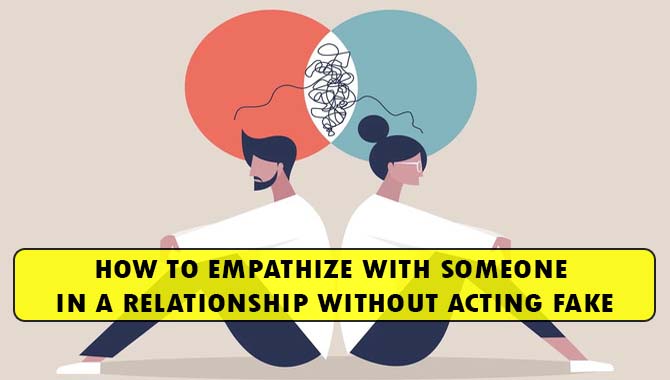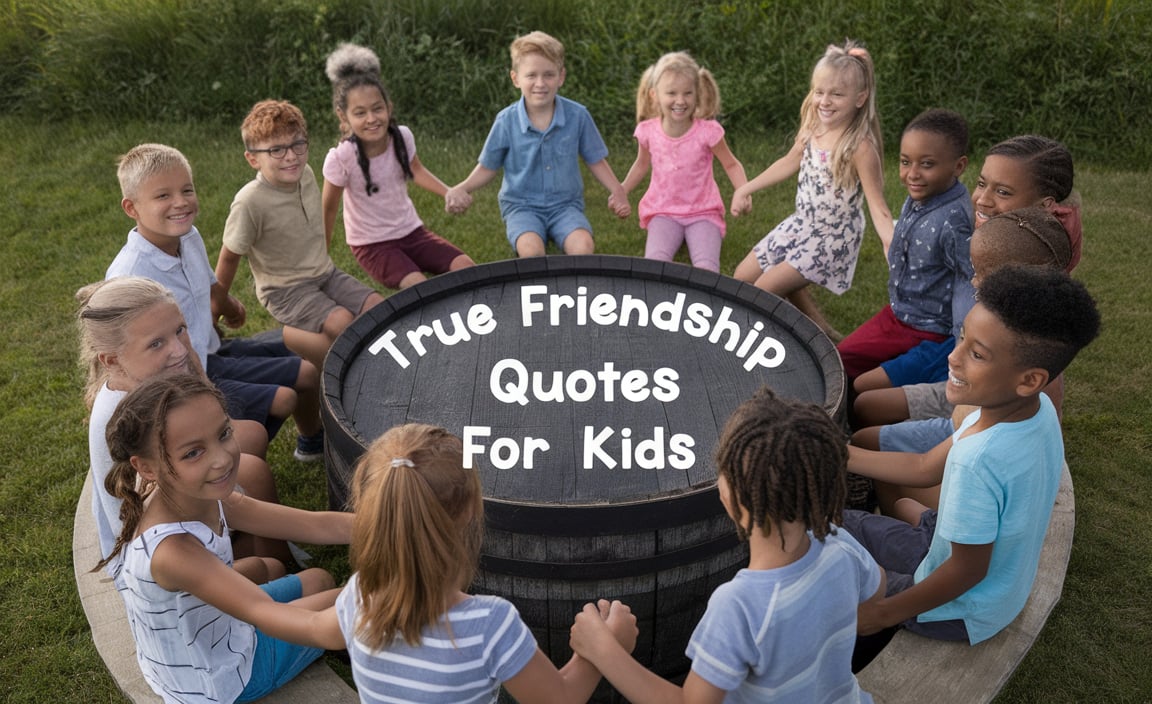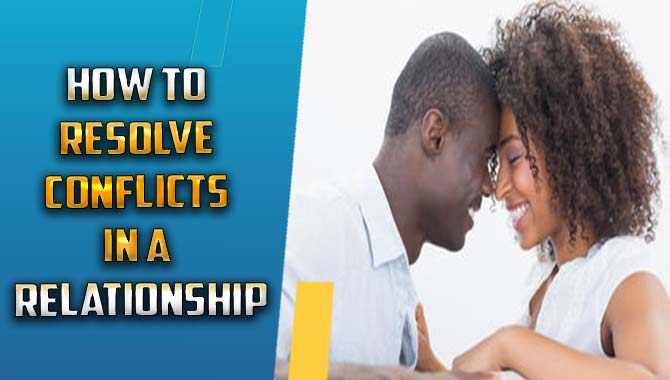Discover the best relationship advice for emotional healing to mend hearts and rebuild trust. Learn practical, step-by-step strategies to foster understanding, navigate hurt, and strengthen your bond, creating a more supportive and loving connection for both partners.
Going through a tough time in a relationship can feel isolating. It’s easy to get stuck in painful cycles, leaving both partners feeling unheard and disconnected. But what if you could actively heal together? This guide offers practical, step-by-step advice designed to help you move past emotional wounds and build a stronger, more resilient connection. We’ll explore simple yet powerful ways to foster understanding, manage difficult emotions, and create a safer space for both of you to grow. Ready to start your journey toward deeper healing and connection?
The Heart of Emotional Healing in Relationships
When we talk about emotional healing in relationships, we’re talking about the process of acknowledging, processing, and moving past emotional pain that has impacted one or both partners. This pain can stem from many sources: past hurts, misunderstandings, unmet expectations, or even external stressors that spill over into your shared life. Without addressing these wounds, they can fester, leading to recurring arguments, resentment, and a growing distance.
The good news is that relationships can be incredibly powerful platforms for healing. When partners commit to understanding and supporting each other, they can create a sanctuary for growth. This isn’t about forgetting what happened, but about learning to process it in a way that allows for renewed trust and intimacy. It’s about transforming pain into progress.
Why is Emotional Healing Necessary?
Unhealed emotional wounds act like cracks in the foundation of a relationship. They can make everything else feel unstable.
- Preventing Recurrence: Addressing the root causes of hurt stops old patterns from repeating.
- Building Deeper Trust: Openly healing together shows vulnerability and strengthens reliance on each other.
- Improving Communication: Understanding emotional needs leads to more honest and effective conversations.
- Fostering Empathy: Walking in your partner’s shoes during healing builds compassion.
- Creating a Positive Cycle: Healing replaces negativity with support, making the relationship a source of strength.
Step-by-Step Guide to Relationship Emotional Healing
Healing isn’t an overnight fix, but a journey. Here’s a practical roadmap to guide you and your partner:
Step 1: Acknowledge and Validate Feelings
The first, and perhaps most crucial, step is to acknowledge that emotional pain exists within the relationship. This means both partners need to be willing to voice their feelings and, importantly, for the other partner to listen without judgment. Validation is key – it’s not about agreeing with the perspective, but about recognizing that the feeling is real for the person experiencing it.
- Express Your Feelings Clearly: Use “I” statements. Instead of “You always make me feel ignored,” try “I feel ignored when this happens.”
- Practice Active Listening: When your partner speaks, focus on understanding, not on formulating a response. Nod, make eye contact, and reflect back what you hear. Phrases like “So, if I understand correctly, you’re feeling…” can be very helpful.
- Avoid Defensiveness: This is tough, but crucial. When your partner shares something hurtful, try to resist the urge to defend yourself immediately. Focus on understanding their experience first.
- Seek Professional Guidance: If expressing feelings is consistently difficult, a couples therapist can provide a safe, structured environment to learn these skills. The American Psychological Association offers insights into the benefits of couples counseling.
Step 2: Identify the Sources of Pain
Once feelings are validated, it’s time to gently explore where they’re coming from. This often requires looking back, not to assign blame, but to understand the patterns or specific events that caused hurt.
- Past Relationship Traumas: Sometimes, current hurts trigger old wounds from previous relationships or childhood experiences. Recognizing these links can be freeing.
- Unmet Needs or Expectations: Are there recurring situations where one or both partners feel their fundamental needs for security, affection, or respect are not being met?
- Specific Incidents: A particular argument, a broken promise, or a moment of perceived betrayal can leave a lasting emotional scar.
- External Stressors: Work pressure, financial worries, or family issues can indirectly create tension and emotional strain within the relationship.
A helpful exercise is to create a simple table outlining key issues:
| Area of Pain | Impact on You | How You Felt | Possible Source |
|---|---|---|---|
| Feeling Unheard | Makes me withdraw | Frustrated, unimportant | Past instances of dismissal |
| Trust Issues | Makes me question intentions | Anxious, insecure | A specific broken promise |
| Lack of Affection | Makes me feel unloved | Sad, lonely | Busy schedules, feeling taken for granted |
Step 3: Practice Forgiveness (for yourself and your partner)
Forgiveness is not about condoning hurtful behavior. It’s about releasing yourself from the burden of anger and resentment, which are toxic to both individuals and the relationship. It’s a process, and it looks different for everyone.
- Understand Forgiveness isn’t Forgetting: You can forgive someone and still acknowledge that their actions were wrong.
- Forgive Yourself: Often, we are our own harshest critics. Forgive yourself for mistakes you’ve made that may have contributed to the pain.
- Communicate Your Forgiveness: When you are ready, express your willingness to move forward. This can involve saying, “I’m choosing to forgive this, so we can move forward.”
- Focus on the Present and Future: Forgiveness allows you to stop replaying the past.
-
Consider Forgiveness Resources: Websites like the Greater Good Science Center at UC Berkeley offer research and practical tools for cultivating forgiveness.
Step 4: Rebuild Trust and Security
Trust can be fragile, and after emotional wounds, it needs conscious effort to rebuild. Security comes from knowing you can rely on your partner and that your emotional well-being is valued.
- Consistency is Key: Small, consistent actions of reliability are more powerful than grand gestures. Keep promises, be on time, and follow through on commitments.
- Openness and Transparency: Be willing to share your thoughts and feelings, even when it’s uncomfortable. This builds a sense of openness.
- Apologize Sincerely: When you make a mistake, a genuine apology that includes acknowledging the harm caused and stating your intention to do better can go a long way.
- Establish Boundaries Together: Clearly define what is acceptable and unacceptable behavior. This creates a safe framework for interaction.
- Show Up Emotionally: Be present for your partner, offering support during difficult times.
Step 5: Foster Positive Connection and Intimacy
Emotional healing creates space for renewed connection. It’s about actively nurturing the positive aspects of your relationship.
- Schedule Quality Time: Dedicate time for just the two of you, free from distractions. This could be a date night, a walk, or simply talking over coffee.
- Express Appreciation: Regularly tell your partner what you appreciate about them, both big and small things.
- Engage in Shared Activities: Find hobbies or interests you can enjoy together. This creates shared positive experiences.
- Physical Affection: Hugs, holding hands, and other forms of physical intimacy can re-establish a sense of closeness and comfort.
- Learn Each Other’s Love Languages: Understanding how your partner best receives love (words of affirmation, quality time, gifts, acts of service, physical touch) can significantly enhance connection. Dr. Gary Chapman’s work on Love Languages is a great resource.
Tools and Techniques for Emotional Healing
Beyond the steps, certain tools and techniques can be particularly effective:
- Mindfulness and Self-Compassion: Practicing mindfulness helps you stay present and observe your emotions without getting overwhelmed. Self-compassion, developed through learning from resources like Dr. Kristin Neff’s work, allows you to treat yourself with the same kindness you’d offer a friend.
- Journaling: Writing down your thoughts and feelings can be incredibly therapeutic on an individual level and can later be shared with your partner to foster understanding.
- Non-Violent Communication (NVC): This communication strategy, developed by Marshall B. Rosenberg, focuses on expressing needs and feelings without blame or judgment. It provides a structured way to connect empathy with honesty. You can learn more about NVC on the Center for Nonviolent Communication website.
- Conflict Resolution Strategies: Learning how to navigate disagreements constructively is vital. This involves active listening, finding common ground, and agreeing on solutions that work for both.
- Therapeutic Games/Activities: Some couples find card decks or guided activities designed for couples communication and healing can be a fun, low-pressure way to open up.
When to Seek Professional Help
While self-help and partner efforts are powerful, sometimes professional guidance is essential. Consider seeking help if:
- You’re stuck in repetitive, painful arguments.
- Emotional wounds seem too deep to overcome on your own.
- There’s a significant breach of trust (e.g., infidelity) that requires specialized guidance.
- One or both partners are experiencing significant distress, anxiety, or depression related to the relationship.
- Communication has broken down completely.
A qualified therapist can offer a neutral perspective, teach essential coping mechanisms, and facilitate difficult conversations. Therapy is a sign of strength and a proactive step towards building a healthier relationship.
Common Challenges and How to Overcome Them
The path to emotional healing isn’t always smooth. Here are some common bumps and how to navigate them:
| Challenge | How to Overcome |
|---|---|
| One partner is more willing to heal than the other. | Gently encourage, express your needs, and focus on what you can control about your own contribution to healing. Sometimes, individual therapy can help the less willing partner. |
| Old hurts keep resurfacing. | Acknowledge their resurfacing. Instead of getting angry, see it as an opportunity to apply healing strategies. Discuss recent triggers. Refer back to Step 2. |
| Difficulty expressing vulnerability. | Start small. Practice with less sensitive topics. Use “I” statements. Remind yourself of the goal: deeper connection. Consider journaling first. |
| Fear of opening old wounds. | Approach with caution and mutual agreement. Ensure you have coping tools. Remind yourself that addressing wounds is how they heal, not how they reopen indefinitely. Professional support can help navigate this. |
| Feeling like ‘we’ve tried everything.’ | Sometimes a fresh perspective is needed. This is often a sign that professional couples therapy is the best next step to uncover new approaches. |
The Role of Communication in Healing
Communication is the engine that drives emotional healing in any relationship. When communication is healthy, it acts as a continuous repair mechanism. When it’s broken, it creates the very wounds we need to heal.
Key Principles for Healing Communication:
- Honesty with Kindness: Share your truth, but do so in a way that respects your partner’s feelings.
- Empathy First: Try to understand your partner’s perspective before sharing your own.
- Focus on Needs, Not Blame: Express what you need rather than accusing your partner of failing you.
- Verbalize Apologies and Appreciation: Don’t assume your partner knows you’re sorry or grateful. Say it.
- Regular Check-ins: Don’t wait for a crisis. Have regular conversations about how you both are feeling about the relationship.
A Simple Communication Framework:
- Observe: State the facts of the situation without judgment or interpretation. (e.g., “Yesterday, when we discussed finances, you became quiet.”)
- Feel: Express the emotion you are experiencing. (e.g., “I felt anxious and worried.”)
- Need: State the underlying need that is not being met. (e.g., “I need to feel like we’re a team when making financial decisions.”)
- Request: Make a clear, doable request. (e.g., “Would you be willing to talk about this together for 30 minutes this evening?”)
This framework, part of Non-Violent Communication (NVC), helps to depersonalize difficult conversations and focus on connection and understanding.
FAQ: Your Questions About Relationship Emotional Healing, Answered
What’s the quickest way to heal emotionally in a relationship?
There’s no single “quickest” way, as healing is a process. However, starting with open, honest communication, actively listening, and validating each other’s feelings are immediate steps that can significantly speed up the healing process.
Can a relationship fully recover from deep emotional wounds?
Yes, with commitment, effort, and often professional guidance, relationships can not only recover from deep emotional wounds but can emerge stronger and more resilient than before. It requires both partners to be willing to do the work.
How do I know if my partner is truly trying to heal?
Look for consistent effort. Are they actively listening? Are they trying to apologize sincerely when they err? Are they showing empathy and a willingness to understand your perspective? Small, consistent actions are more telling than grand, infrequent gestures.
What if I can forgive, but my partner can’t?
This is a common challenge. Encourage them gently and focus on your own healing and contribution. Sometimes, individual therapy for your partner, or couples therapy, can help facilitate their process of letting go.
Is emotional healing the same for men and women in relationships?
While the core principles of emotional healing are universal, how men and women may express or process their emotions can differ due to societal conditioning and individual experiences. The key is to understand and respect each other’s unique way of experiencing and healing from pain.
How important is physical intimacy in emotional healing?
Physical intimacy, when consensual and comforting, can be a powerful tool for rebuilding connection and security after emotional hurts. It can help re-establish closeness and a sense of safety within the relationship.
What if one partner’s past trauma significantly impacts the relationship now?
This is a situation where professional help is highly recommended. A therapist specializing in trauma can help the individual process their past trauma, and couples counseling can help both partners learn how to navigate its impact on the present relationship with greater understanding and support.
Conclusion
Embarking on the journey of emotional healing in your relationship is a courageous and rewarding endeavor. It’s about transforming pain into connection, vulnerability into strength, and past hurts into a foundation for a more resilient future. By committing to open communication, empathy, forgiveness, and consistent effort, you can navigate even the deepest emotional wounds. Remember that healing is a dynamic process, not a final destination, and that each step you take together strengthens the bond you share.
Embrace the tools and strategies discussed, be patient with yourselves and each other, and don’t hesitate to seek professional support when needed. The effort invested in emotional healing is





